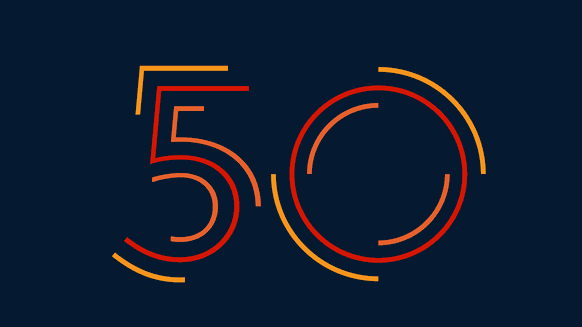Trillion Energy International has signed a farm-in deal for three oil exploration blocks in Southeastern Turkiye with Derkim Poliüretan Sanayi ve Ticaret.
The company outlined that it aims to earn a 50 percent working and revenue interest in three oil blocks comprised of 151,484 hectares (374,325 acres) within the newly defined Cudi-Gabar petroleum province, Southeastern Turkiye, through the acquisition of 351 km of 2D seismic data in 2023 and the drilling of four wells in 2024.
The Cudi-Gabar province is central to an active petroleum system extending up from Iraq and Syria, where Turkiye’s portion contains several major oil fields including Sehit Esma Cevik, discovered in 2022 and Sehit Aybuke Yalcin, discovered in 2023, Trillion said.
The Eastern Block (BlockM47C3, C4) is approximately 9.3 miles by 18.6 miles in size and is approximately 7.4 miles from the newly discovered Sehit Aybuke Yalcin Oil Field at Mount Gabar, which contains a reported one billion barrels Original Oil in Place (OOIP) based on a discovery well which encountered a 531 feet thick reservoir with 41 API gravity oil, according to Trillion.
The Sehit Aybuke Yalcin Oil Field currently produces 10,000 barrels of oil per day (bopd), which has been targeted to rise to 100,000 bopd, Trillion revealed. The Eastern Block is also 6.8 miles from the Sehit Esma Cevik Oil Field, which contains a reported 250 million barrels OOIP. The Sehit Esma Cevik Oil Field discovery was announced in December 2022, at which time 5fivewells were producing 5,350 bopd and has been reported in May 2023 to be producing about 10,000 bopd, Trillion said.
Blocks M46C and D (the Western Blocks) farm-in are a combined area of approximately 18.6 miles by 37.2 miles and located approximately 18.6 miles west of the Eastern Block. The northern boundary of the Western Blocks is approximately 3.1 miles distance from the Raman Oil Field discovered in 1940 and which contains a reported initial 615 million barrels of OOIP. The West Raman Oil field discovered in 1961 initially contained a reported 1.85 billion barrels of OOIP with peak production of 13,000 bopd, Trillion highlighted. Additionally, there are numerous other oil fields surrounding these two blocks, according to Trillion.
No economic discoveries have yet been made on the oil blocks pursuant to the farm-in by Trillion and there is no guarantee that any oil discovery will be made, the company said.
Trillion’s farm-in obligations are 351 km of 2D seismic followed by drilling four oil exploration wells. The joint exploration phase, according to Trillion, will have six additional exploration wells drilled, but Trillion only pays 50 percent of the cost.
The 2D seismic acquisition will be completed in 2023, the company said. Trillion will also cover 50 percent of the costs for three additional exploration wells to be drilled in 2025, and three more in 2026.
“The oil field trend is expected to run through the northeast half of the Eastern Block which has yet to be explored. We are excited about the exploration opportunities considering recent discoveries made in the province proximate to the Eastern Block. Wells drilled to date in the southwest of our targeted area have good to very good oil staining and asphalt in the rocks. This indicates a working petroleum system on the Eastern Block where oil has been generated and migrated within the system. There are 5 different Mesozoic reservoirs and 2 different Paleozoic reservoirs that have over 15 oil fields of note in surrounding blocks. This indicates oil generation which has migrated in vast amounts and as such, our exploration focus will be looking for traps. When you are surrounded by large, discovered oil fields, you know you are in elephant hunting grounds,” Trillion CEO, Arthur Halleran said.
The farm-in follows the gas discovery at the The Alapli 2 well, the sixth well in the company’s multi-well program at the SASB gas field, Black Sea, Turkiye. The Alapli 2 well reached 10,688 feet total measured depth (TMD). Preliminary gas indications based on the mud logging results suggests + 131 feet of potential natural gas pay within 6 separate sands in the Akcakoca Member (SASB production zone).
To contact the author, email andreson.n.paul@gmail.com


